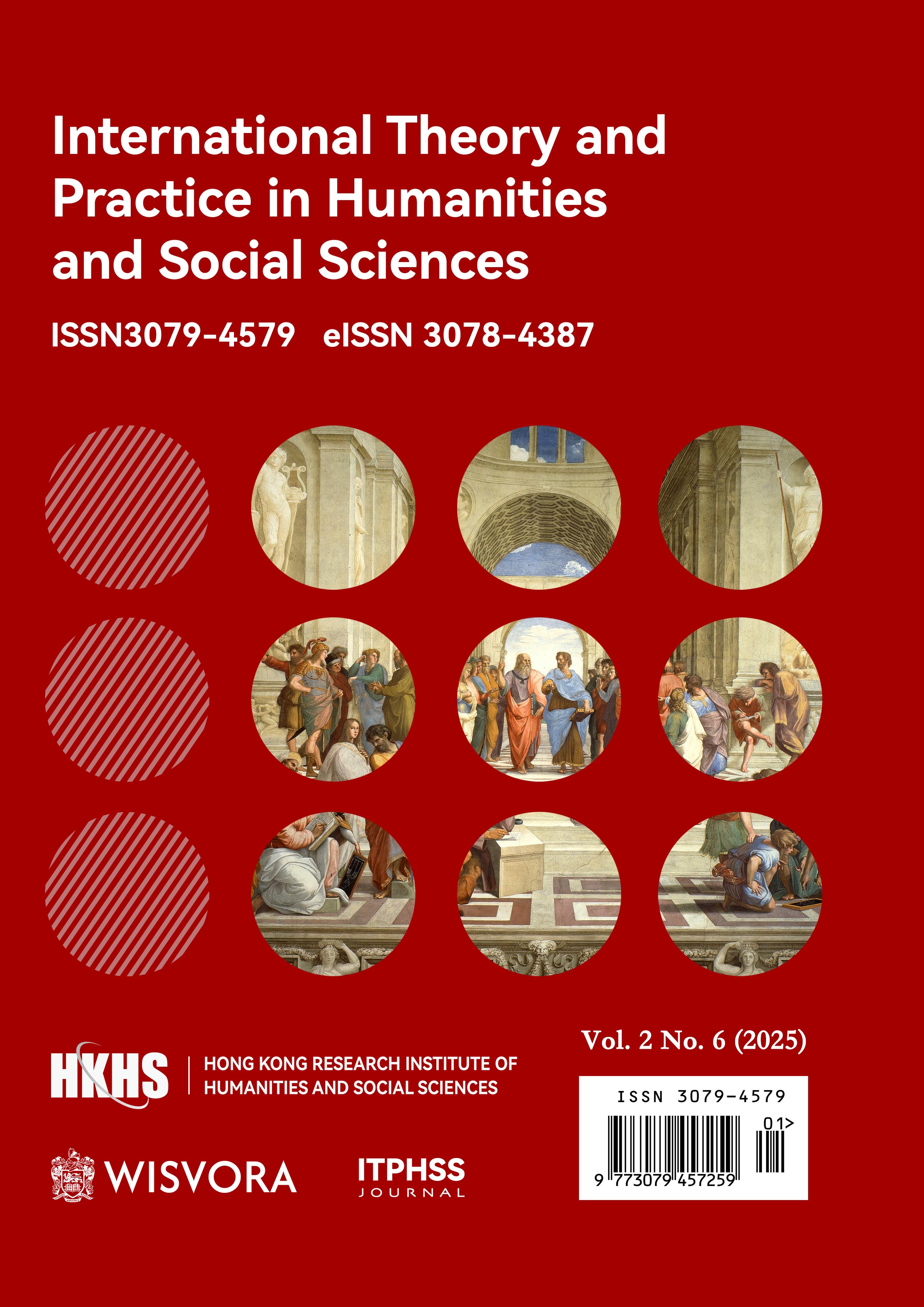Abstract
This report investigates Apple's polymer reduction strategies in its iPhone product line through the lens of the 3D-IDPT model in Information Resource Management (IRM). It analyzes Apple's evolving approach to sustainable product design—transitioning from plastic-intensive components to environmentally friendly alternatives such as fiber-based packaging, metal casing, and wireless charging. The study highlights Apple’s strategic goals, including carbon neutrality, material recycling, and circular economy practices, while also identifying risks such as increased costs and supply chain complexity. Employing SWOT, VRIO, and PESTEL models, this research provides a multidimensional evaluation of Apple’s plastic reduction initiatives. Furthermore, it applies the 3D-IDPT model’s spatial, temporal, and constructional dimensions to explore Apple’s information behavior and strategic diffusion across its ecosystem. The findings suggest that Apple’s plastic reduction efforts not only enhance corporate environmental responsibility but also generate long-term brand and market value, serving as a benchmark for sustainability in the consumer electronics industry.
References
Alasmari, E., Hamdy, M., Alyoubi, K. H., & Alotaibi, F. S. (2023). Arabic stock-news sentiments and economic aspects using BERT model. International Journal of Advanced Computer Science and Applications (IJACSA).
Apple Inc. (2019). Apple tops clean energy goal with new supplier commitments. Technology & Business Journal.
Apple Inc. (2024). Apple Environmental Progress Report 2024. Retrieved May 8, 2025, from https://www.apple.com/environment/pdf/Apple_Environmental_Progress_Report_2024.pdf
Apple Inc. (2025). Apple Environmental Progress Report 2025. Retrieved May 8, 2025, from https://www.apple.com/environment/pdf/Apple_Environmental_Progress_Report_2025.pdf
Bu, Q. J. (2017). Customer behaviors and outcomes in the value co-creation interactive process [Master’s thesis, Beijing University of Posts and Telecommunications].
Calma, A. (2019). Journal of Behavioral Finance in retrospect: A review of its publications as a case in behavioral finance. Review of Behavioral Finance.
Fan, M., Xing, Y., & Huang, J. (2023). Qualitative Research of Product Low Carbon Design Based on System Theory. Packaging Engineering, 44(20), 88–96.
Farimani, S. A., Vafaei, J. M., & Fard, A. M. (2022). From text representation to financial market prediction: A literature review. Information.
Jiao, J. N., & Fan, J. (2019). Review and prospect of customer-enterprise social value co-creation. Foreign Economy and Management, (02).
Kim, W. C., & Mauborgne, R. (2005). Value innovation: A leap into the blue ocean. Journal of Business Strategy.
Li, J. (2024). A probe into the theory of information resources construction from the perspective of co-construction and sharing. Management Science and Engineering, 13(5), 932-948.
Li, Y. P., Sun, Q. H., Qiao, Q., Mao, Y. R., & Shen, P. (2007). The essence and characteristics of the extended producer responsibility system. Environment and Sustainable Development.
Liao, Z., & Cheung, M. T. (2002). Do competitive strategies drive R&D? Journal of High Technology Management Research.
Lin, D. X. (2018). Emotional marketing strategy based on brand identification perspective [Master’s thesis, Jinan University].
Lou, Y., & Ding, J. C. (2020). The evolution and domains of value co-creation theory: A literature review and prospects. Business Economics Research, (08).
Markovic, M., Draskovic, N., & Gnjidic, V. (2018). Product innovation, process innovation and competitive lessons from consumer electronics industry. In Proceedings of the 29th DAAAM International Symposium on Intelligent Manufacturing and Automation (Vol. 1).
Roeger, W. (1995). Can imperfect competition explain the difference between primal and dual productivity measures? Estimates for U.S. manufacturing. Journal of Political Economy, (2).
Sun, S., Shi., & Zhang. (2019). Finance big data: Management, analysis, and applications. International Journal of Electronic Commerce.
Tong, X. (2003). Extended producer responsibility principle in electronic waste management. China Environmental Management.
Wang, C. F. (2021). Value analysis of public participation in environmental impact assessment from a three-dimensional perspective. Theory of Learning.
Wei, X. J. (2017). The impact of brand authenticity on brand admiration: The role of brand identification and environmental self-duty [Master’s thesis, Huaqiao University].
Xiang, B. H., & Li, Q. H. (2000). Overview of corporate strategy theories. Dynamics of Economics, (07).
Xiao, P. (2022). Research on barriers to the development of smart construction [Master’s thesis, Zhengzhou University].
Yang, J. W. (2022). The impact of interaction style of smart assistants on user adoption intention [Master’s thesis, Beijing University of Posts and Telecommunications].
Zhang, B. (2024). Research on Brand Management Optimization of K Technology Company in International Competition [Master's thesis, Jiangxi Normal University].
Zhou, J. (2023). Risk identification and assessment study on smart finance implementation at Company A [Bachelor’s thesis, Shaoxing University of Arts and Sciences].
Zhu, J., Yuan, D. H., & Zhang, H. M. (2018). How does customer participation in brand co-creation enhance brand loyalty? — The impact and mechanism of co-creation behaviors on brand loyalty. Foreign Economy and Management, (05).

This work is licensed under a Creative Commons Attribution 4.0 International License.
Copyright (c) 2025 Jiaren Li (Author)


